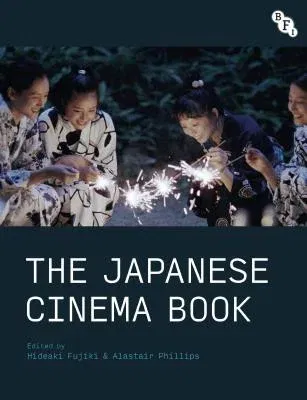The Japanese Cinema Book provides a new and comprehensive survey of
one of the world's most fascinating and widely admired filmmaking
regions. In terms of its historical coverage, broad thematic approach
and the significant international range of its authors, it is the
largest and most wide-ranging publication of its kind to date.
Ranging from renowned directors such as Akira Kurosawa to neglected
popular genres such as the film musical and encompassing topics such as
ecology, spectatorship, home-movies, colonial history and relations with
Hollywood and Europe, The Japanese Cinema Book presents a set of new,
and often surprising, perspectives on Japanese film.
With its plural range of interdisciplinary perspectives based on the
expertise of established and emerging scholars and critics, The
Japanese Cinema Book provides a groundbreaking picture of the different
ways in which Japanese cinema may be understood as a local, regional,
national, transnational and global phenomenon.
The book's innovative structure combines general surveys of a particular
historical topic or critical approach with various micro-level case
studies. It argues there is no single fixed Japanese cinema, but instead
a fluid and varied field of Japanese filmmaking cultures that continue
to exist in a dynamic relationship with other cinemas, media and
regions.
The Japanese Cinema Book is divided into seven inter-related
sections:
- Theories and Approaches
- * Institutions and Industry
- * Film Style
- * Genre
- * Times and Spaces of Representation
- * Social Contexts
- * Flows and Interactions

